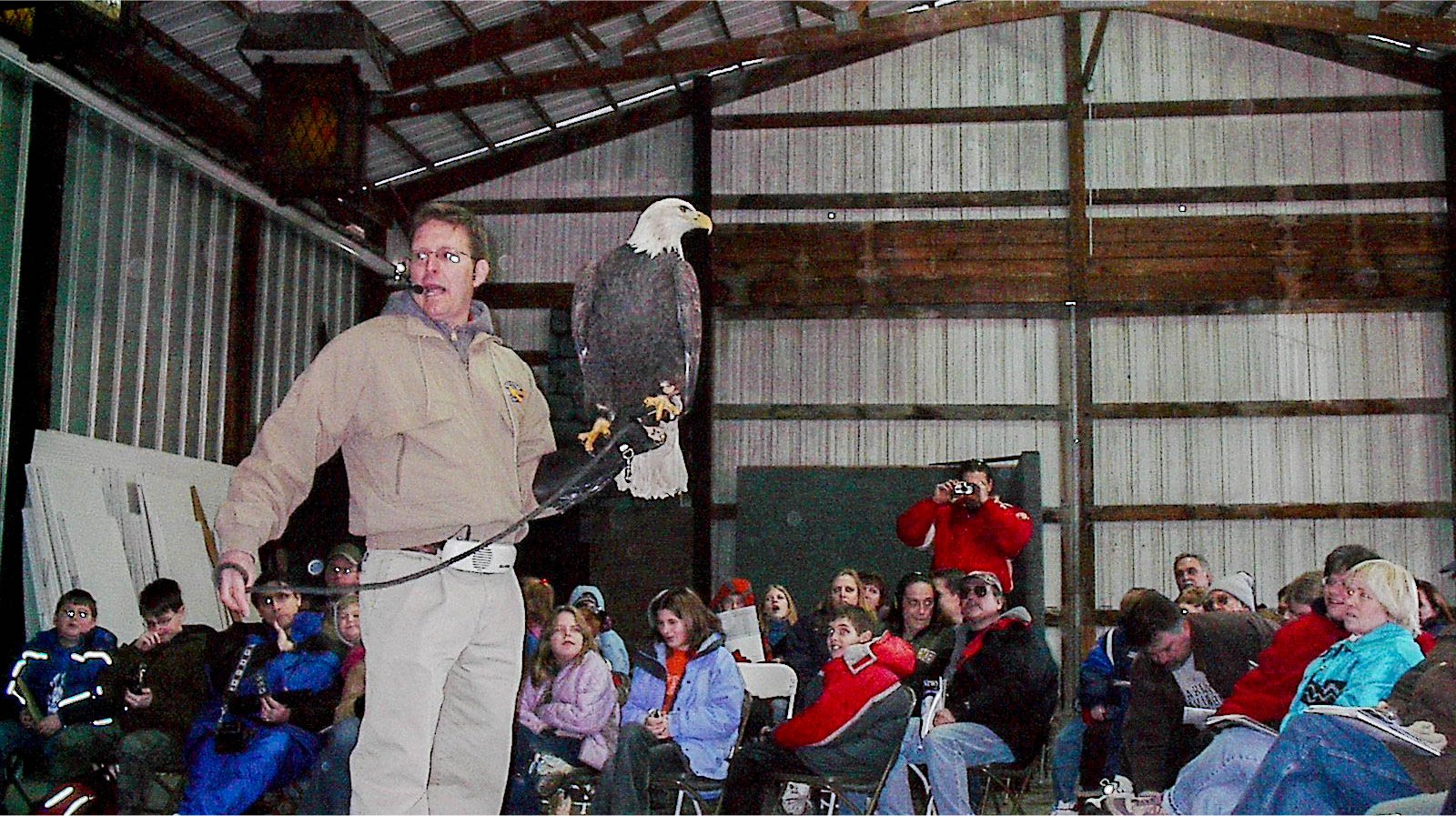Ralls & Monroe Counties, Missouri
With over 18,000 acres of water and 285 miles of shoreline make Mark Twain Lake the largest lake in Northern Missouri. The lake is the result of the Joanna Dam project, which was first proposed in 1937 to control flooding in the Salt River valley. Construction of a dam, which impounds the upper Salt River about 63 miles upstream from its confluence with the Mississippi River, began in 1970 and was completed in 1983. The dam was renamed the Clarence Cannon Dam after Representative Clarence Cannon who was a major proponent of the project.
The sparkling waters of lake and the 36,000 acres of natural area surrounding it provide a wide variety of outdoor recreational opportunities. Activities include boating, swimming, fishing, picnicking, hiking, camping, and hunting. The region includes developed recreational areas equipped with facilities such as campgrounds, beaches, and picnic shelters, as well as areas that are being managed for wildlife habitat. Facilities include 6 major boat ramps, 29 hunter/fisherman access areas, 2 full-service marinas, 2 beaches, 3 campgrounds with 440 sites, 2 group campgrounds, picnic shelters, playgrounds, and trails. There are also 30,000 acres of land and water open for hunting in season.
Bird watching
Mark Twain Lake State Park is listed on the Great Missouri Birding Trail. The lake attract a range of migratory waterfowl such as Blue-winged Teal and Ruddy Ducks and hosts numerous open water species including shorebirds and white pelicans in the winter. The park offers five separate hiking trails that explore the woodland and grasslands surrounding the lake. You’ll be able to find nearly every species of Woodpecker, including both Hairy and Downy woodpeckers, Yellow-bellied Sapsucker in the winter, and Red-bellied Woodpecker year round. At the right time of year, look for Common Nighthawk and listen for the Eastern Whip-poor-will. In summer, look for Great crested Flycatchers, Yellow-throated Vireo, Purple Martin, and a variety of wood warblers. In winter, you’ll find Ruby-crowned Kinglets, Yellow-rumped Warbler, Juncos, and White-throated Sparrow. The park maintains a bird checklist.
Visiting Mark Twain Lake
There is no charge to visit Mark Twain Lake












